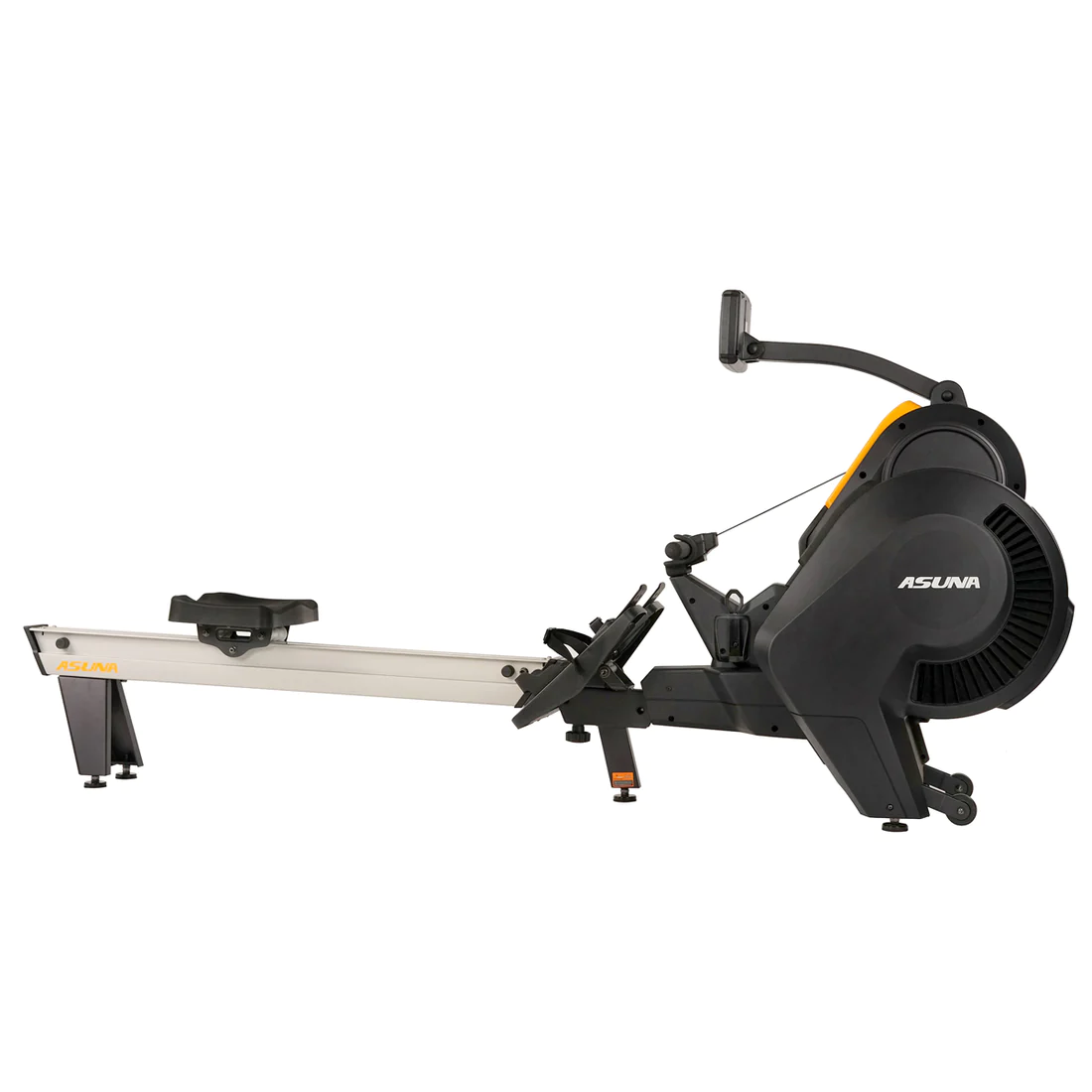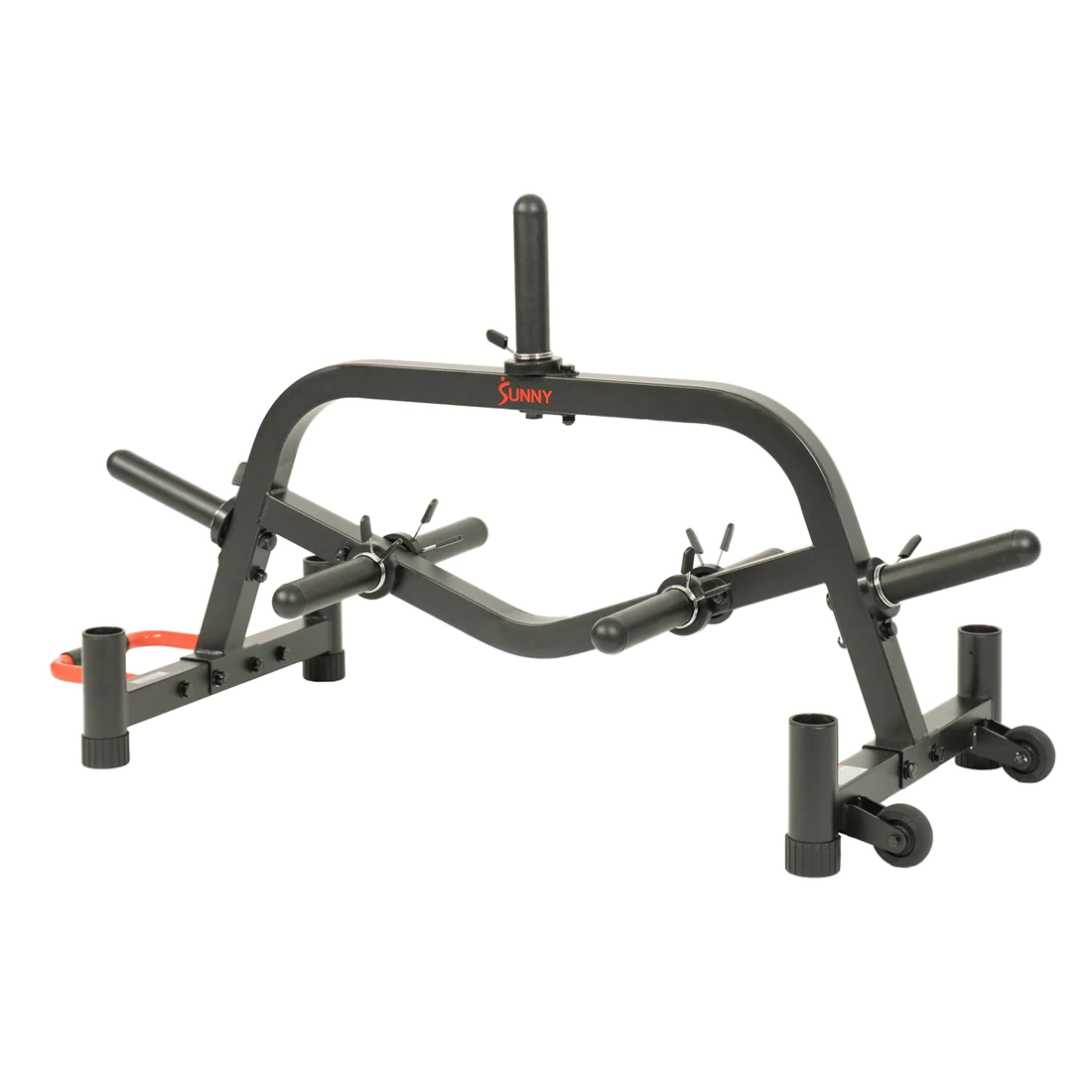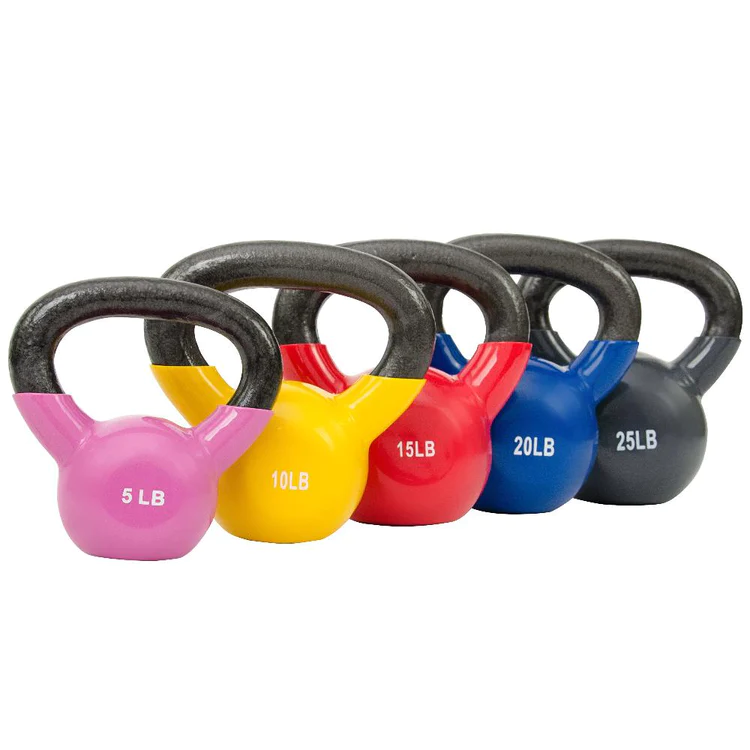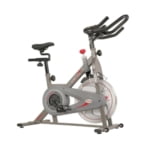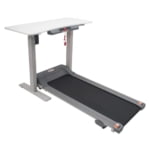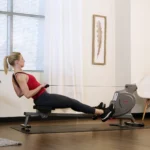Hip thrusts are an effective exercise for targeting the glutes. Here’s a step-by-step guide on how to perform hip thrusts:
Equipment Needed
- A sturdy bench or elevated surface
- Barbell or other weighted resistance (optional)
Step-by-Step Instructions
1. Set Up
- Position yourself with your upper back against a bench or other elevated surface. The height of the bench should allow your shoulder blades to rest comfortably on it.
- Place your feet flat on the ground, shoulder-width apart. Your knees should be bent at a 90-degree angle.
2. Position the Barbell (if using one)
- If you’re using a barbell, position it across your hips. You can use a barbell pad for comfort.
3. Engage Core Muscles
- Brace your core by pulling your navel toward your spine. This helps stabilize your spine during the movement.
4. Initiate the Movement
- Press through your heels and squeeze your glutes to lift your hips toward the ceiling.
- Focus on thrusting your hips upward, creating a straight line from your shoulders to your knees at the top of the movement.
5. Full Extension
- At the top of the movement, your body should form a straight line. Your upper back and shoulders should be supported by the bench, and your thighs should be parallel to the ground.
6. Controlled Descent
- Lower your hips back down toward the ground in a controlled manner. Avoid letting your hips drop too quickly.
7. Repeat
- Perform the desired number of repetitions. Start with a weight that challenges you but allows for proper form. As you become more comfortable with the movement, you can gradually increase the weight.
Tips:
- Ensure that your feet are positioned in a way that feels comfortable and stable.
- Keep your chin tucked and maintain a neutral spine throughout the movement.
- Avoid overarching your lower back at the top of the thrust. Focus on using your glutes to lift, rather than arching your back excessively.
Common Mistakes to Avoid:
- Allowing the knees to collapse inward.
- Arching the lower back excessively.
- Not fully extending the hips at the top of the movement.





